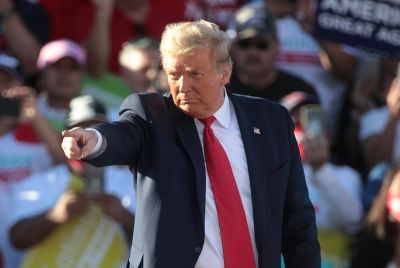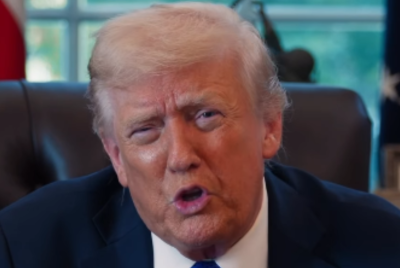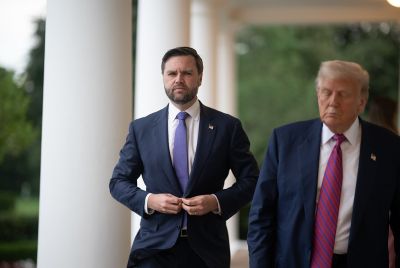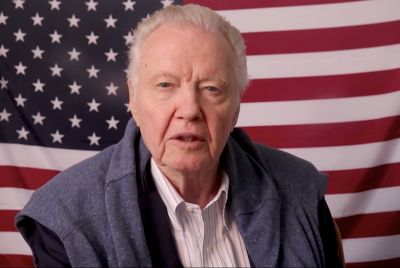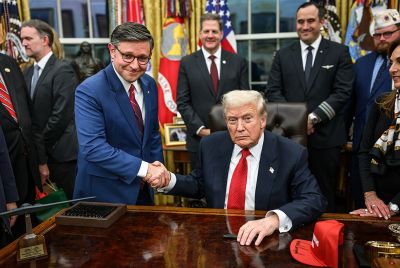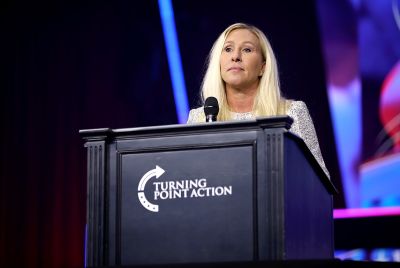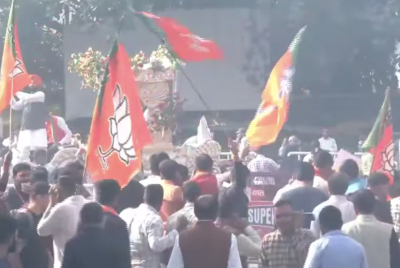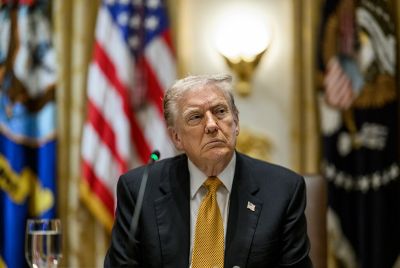Quick Facts About The US Government Shutdown: What It Means, When It Last Happened And Why It's Back
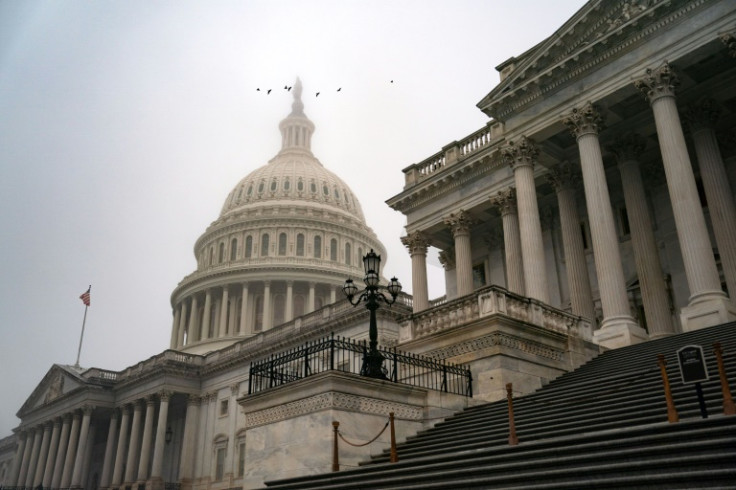
The United States federal government entered a shutdown on 1 October 2025 after Congress failed to approve temporary funding.
It marks the first shutdown since the record-breaking 35-day lapse in 2018–19 and threatens similar economic disruption if prolonged.
The standoff leaves hundreds of thousands of workers without pay, shuts down non-essential agencies, and intensifies a partisan clash centred on healthcare.
What A Government Shutdown Means
A shutdown occurs when Congress fails to pass — and the president fails to sign — the 12 appropriations bills that fund the federal government for the new fiscal year, which begins on 1 October. Without that authority, agencies must halt or curtail operations under the Anti-Deficiency Act, which prohibits most government spending unless approved by Congress.
In practice, shutdowns mean:
- Furloughs: Hundreds of thousands of 'non-essential' federal employees are sent home without pay. During past shutdowns, around 850,000 workers were affected.
- Essential work continues: Services that protect life and property — such as law enforcement, military operations and air traffic control — continue, though staff work without pay until the shutdown ends.
- Mandatory programmes remain open: Services funded outside the annual budget, such as Social Security, Medicare, and the Postal Service, continue to operate, although administrative support, including new benefit applications, may slow or stop.
Shutdowns are uniquely American. In most parliamentary systems, deadlocks trigger either an automatic extension of funding or new elections. In the US, funding gaps directly shut down numerous government agencies.
Why the Government Shut Down in 2025
This year's impasse is driven by issues related to healthcare funding. Democrats have demanded that President Donald Trump extend Affordable Care Act subsidies due to expire and reverse Medicaid cuts enacted over the summer. Without an extension, about four million people could lose coverage, and premiums could rise for 20 million others, according to the Congressional Budget Office.
On 30 September, both parties blocked each other's stopgap funding bills in the Senate. Democrats voted 55-45 to block the Republican plan, which would have kept the government open through November 21. Republicans then blocked the Democrats' counterproposal, which paired a shorter extension with more than $1 trillion (£820bn) in new healthcare spending. Hours before the deadline, the White House budget director ordered agencies to prepare for an 'orderly shutdown'.
President Trump suggested the lapse could be used to 'get rid of a lot of things that we didn't want', including programmes favoured by Democrats, and hinted at layoffs of government workers he believes skew politically against him.
Democrats, led by Senate Minority Leader Chuck Schumer, say they are standing firm. 'If the president were smart, he'd move heaven and earth to fix this health care crisis right away,' Schumer told reporters Tuesday. 'Americans are going to hold him responsible when they start paying $400, $500, $600 a month more on their health insurance.'
President Trump and Congressional Republicans just shut down the government because they refused to stop your health care costs from rising.
— Kamala Harris (@KamalaHarris) October 1, 2025
Let me be clear: Republicans are in charge of the White House, House, and Senate. This is their shutdown.
The partisan divide reflects an altered political landscape. Democrats who once worried about backlash in Republican-leaning states are fewer, while the GOP caucus has moved further right under Trump. Analysts say both sides are braced for a prolonged clash.
Who Is Impacted By The Shutdown
Around 750,000 federal workers are expected to be furloughed, with many more required to work without pay until funding is restored.
Disruption varies across agencies:
- Environmental Protection Agency (EPA): Nearly 90% of staff are furloughed. New permits and inspections have stopped, raising concerns about pollution and chemical accidents.
- Department of Labour: The Bureau of Labour Statistics has halted data collection, delaying key reports such as the monthly jobs figures.
- Health and Human Services (HHS): While Medicare payments continue, the National Institutes of Health is no longer admitting new patients or issuing new grants.
- Transportation: Air traffic controllers and TSA screeners must continue working without pay. Past shutdowns saw rising absenteeism and significant flight delays.
- National Parks: Some parks remain open without staff, but visitor services and protections are suspended. A previous shutdown cost local economies more than $500m (£410m) in lost spending.
Some agencies are spared. The Department of Veterans Affairs remains more than 90% operational, and Social Security cheques will go out, though processing of new applications may be delayed.
Economic Costs
Despite claims that shutdowns save taxpayer money, history shows the opposite.
- The Congressional Budget Office estimated the 2018–19 shutdown reduced GDP by $11bn (£9bn), $3bn (£2.5bn) of which was permanently lost.
- Goldman Sachs economists estimate each week of the current shutdown could trim 0.2 percentage points from quarterly growth.
- Shutdowns also add costs: furloughed employees must be paid retroactively, while agencies lose revenue and spend extra on shutdown planning and recovery.
Markets usually weather brief shutdowns, but prolonged lapses can spook investors, delay corporate decisions and undermine confidence. This week's suspension of economic data releases could also contribute to increased volatility.
The last government shutdown was when Donald Trump was President.
— Gavin Newsom (@GavinNewsom) October 1, 2025
It cost the American people $11 BILLION.
Almost like there’s a pattern here.
Outlook
How long this shutdown lasts — and who the public blames — will shape its political consequences. Republicans argue Democrats are holding the government 'hostage' to force healthcare concessions. Democrats counter that Trump's refusal to extend subsidies threatens Americans' pocketbooks.
Veterans of past shutdowns warn there are rarely winners. Public dissatisfaction tends to rise the longer federal services remain shuttered. The 2018-19 shutdown ended after 35 days with little to show for either side.
'This is a very damaging issue for Republicans,' said Senator Brian Schatz of Hawaii. 'If we were terribly cynical, we would just let them stew in it. But we want to solve it, because we care in our bones about the people we represent.'
How long this shutdown lasts—and whom voters blame—will shape political fallout. Republicans accuse Democrats of holding the government 'hostage', while Democrats say Trump's refusal to extend subsidies risks Americans' finances.
Experience shows shutdowns end with public frustration and little political gain. For now, hundreds of thousands of workers face weeks of uncertainty and millions risk disruptions to services.
© Copyright IBTimes 2025. All rights reserved.


